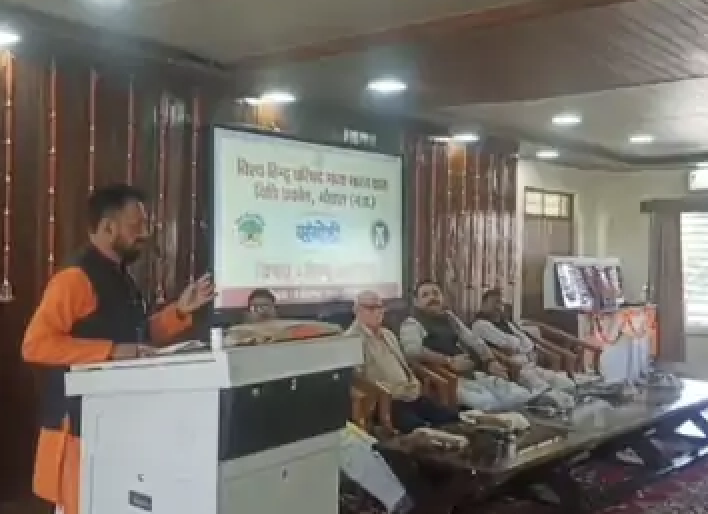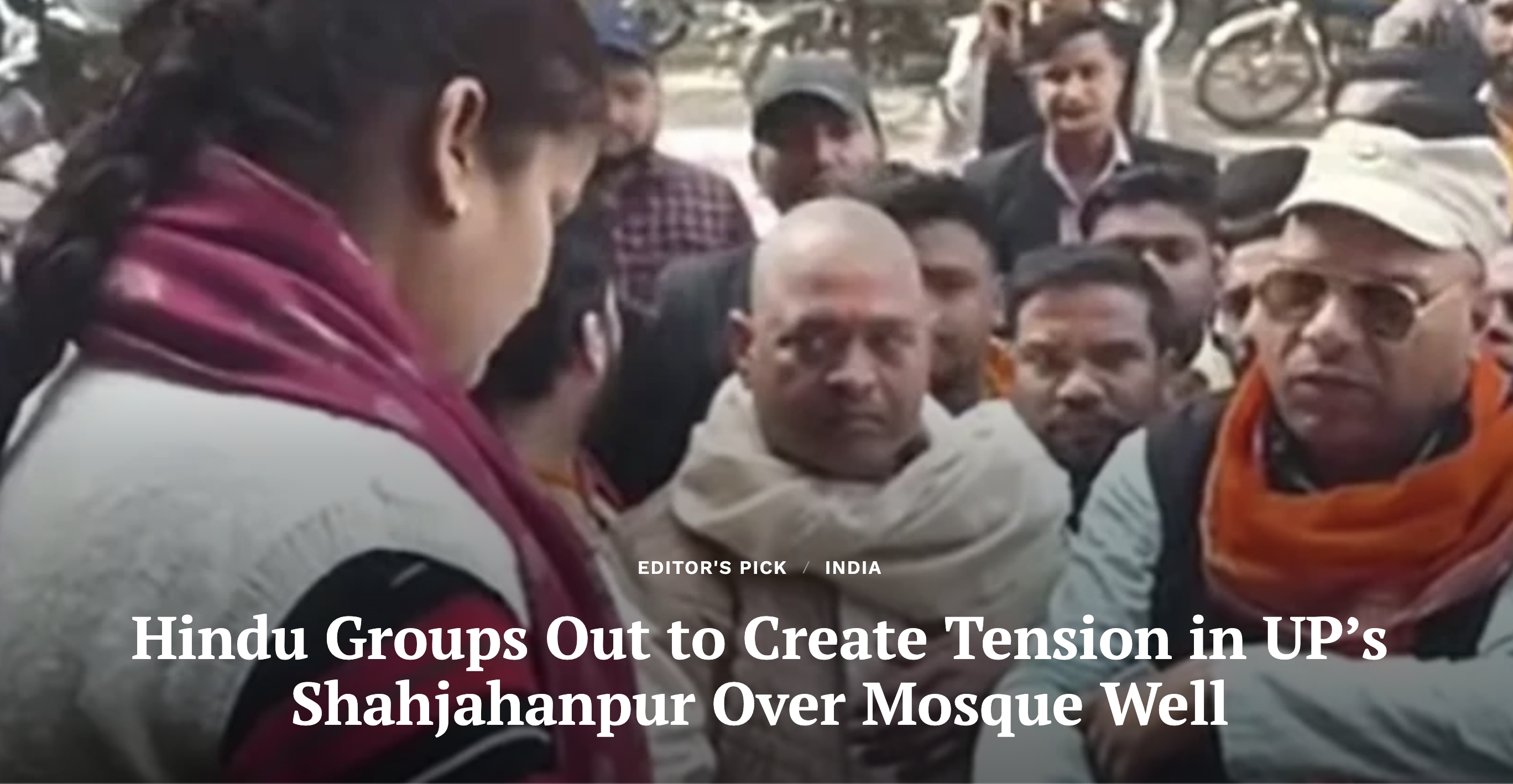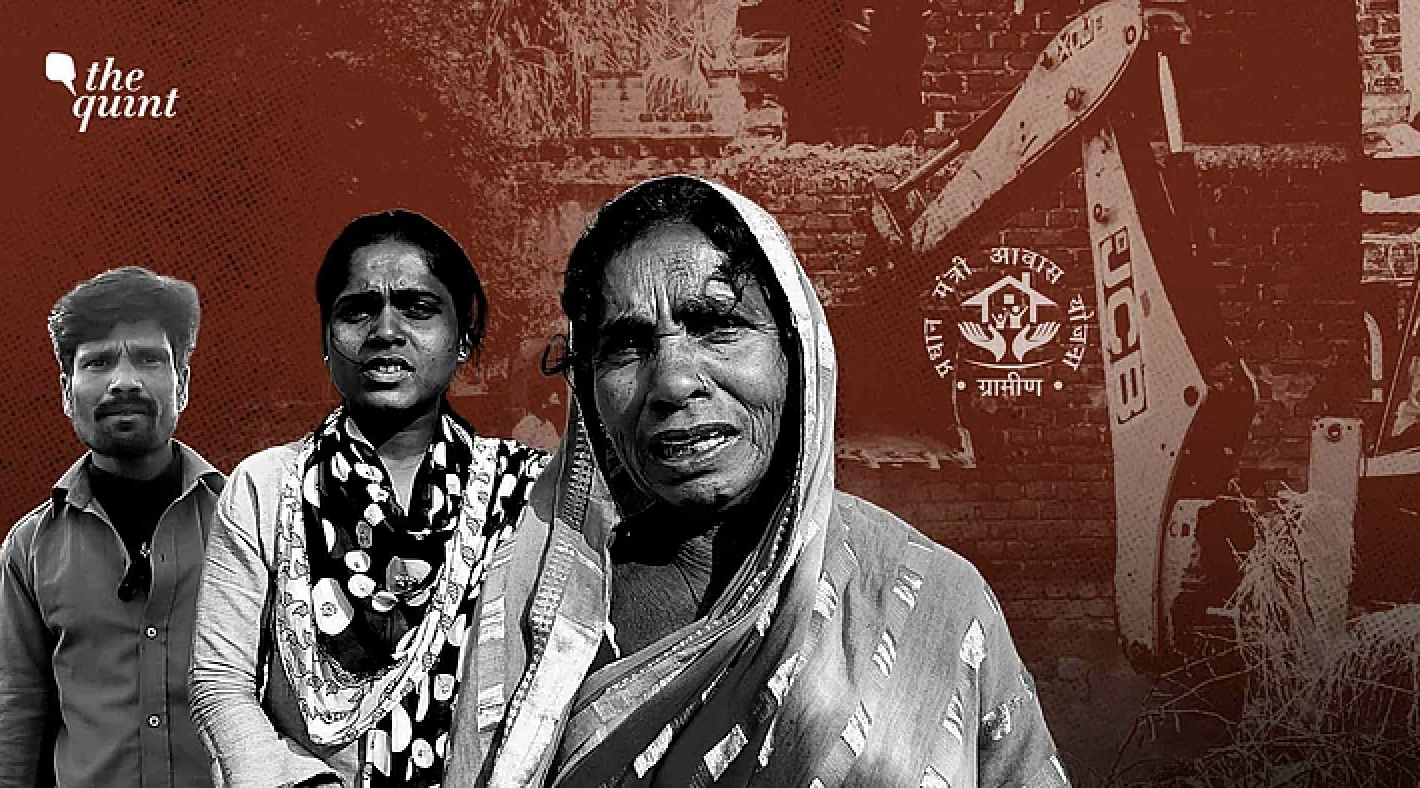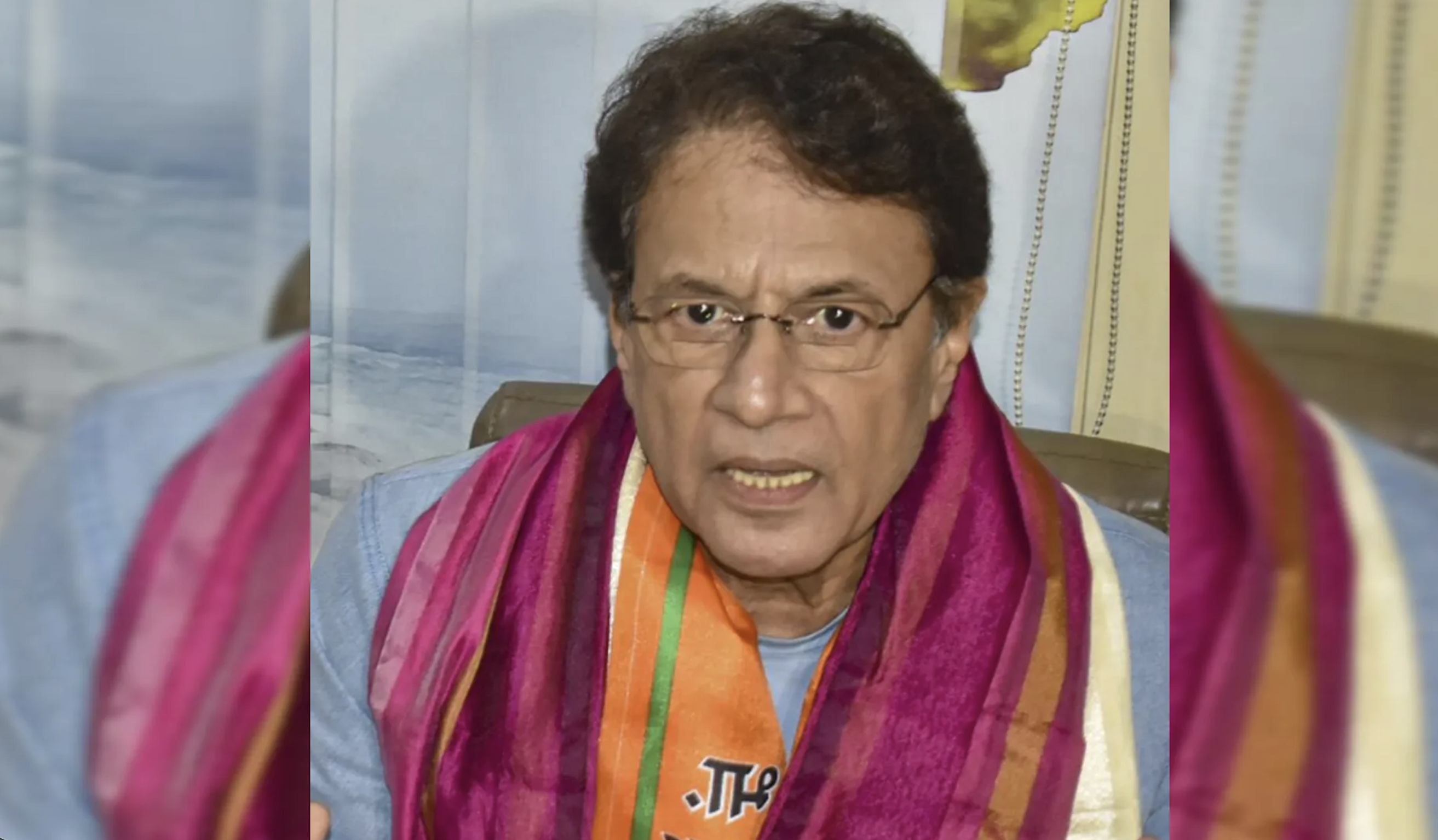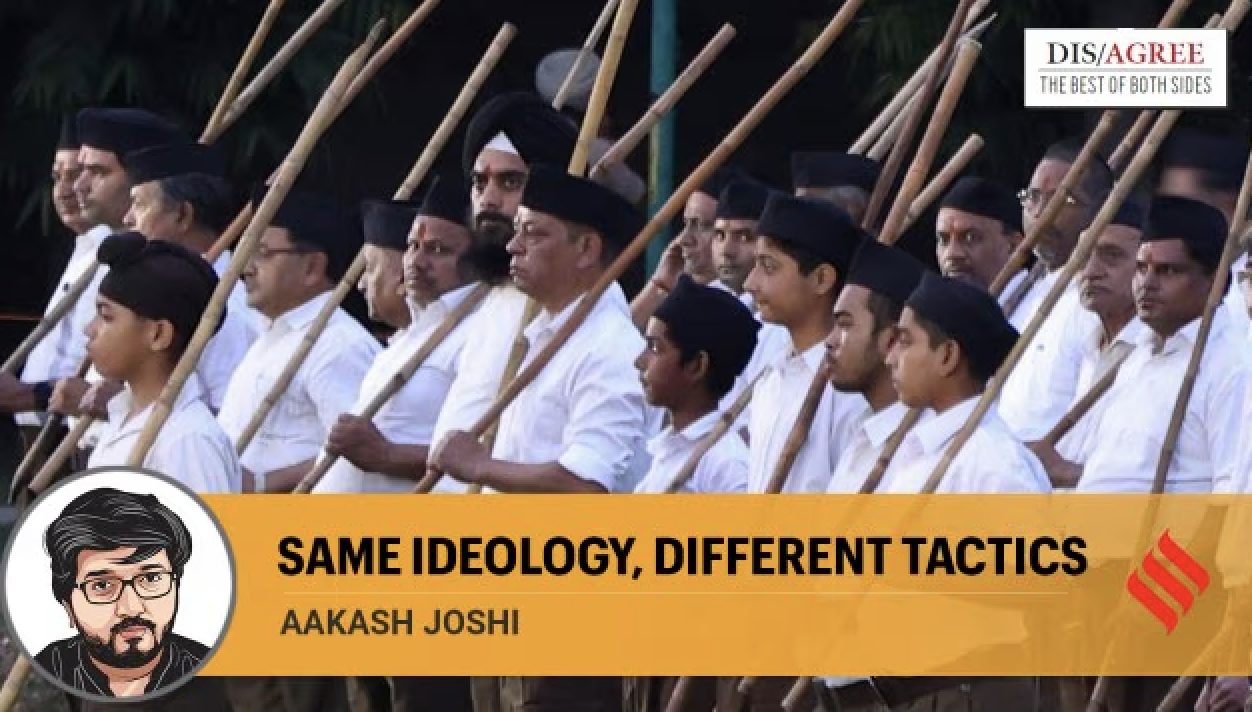
By Aakash Joshi
In olden times when the Panchayat system was the basic unit of society, these forest-dwellers had an honoured place in it. We find it mentioned… even as early as during the reign of Sri Rama.” — M S Golwalkar
“What is a village but a sink of localism, a den of ignorance, narrow-mindedness, caste and communalism?” — B R Ambedkar
It is easy, in the simplest sense of things, to conflate and confuse the RSS with conservative political movements, particularly in the West. It is easier still, in the current moment of its political dominance, to imagine that the power its electoral wing enjoys is a function of a fundamental evolution in the Hindutva ideology. Both assumptions, however, belie a reality that is simultaneously more simple and complex. Sarsanghchalak Mohan Bhagwat’s annual Vijayadashami speech made it clear that the much-touted “outreach” by the Sangh is not a shift in ideology or strategy. Rather, it is in service of the idea of the Indian nation (a far cry from the constitutional notion of the Indian state) as a territorial, religious entity.
Even a cursory reading of Bunch of Thoughts by the second Sarsanghchalak — and arguably the most significant “thought leader” of the RSS — M S Golwalkar will have the reader see a pattern that is all too familiar. There are invocations of “One Nation, One… (fill in the blank)”. The running theme is one of Hindu victimhood and persecution. And, perhaps most significantly, the idea of a glorious past and dominant future is scuppered only by enemies. These enemies, in “Guruji” Golwalkar’s worldview, are Western liberal ideas and people, minorities (specifically Christians and Muslims) and Communists.
This story was originally published in indianexpress.com. Read the full story here.



